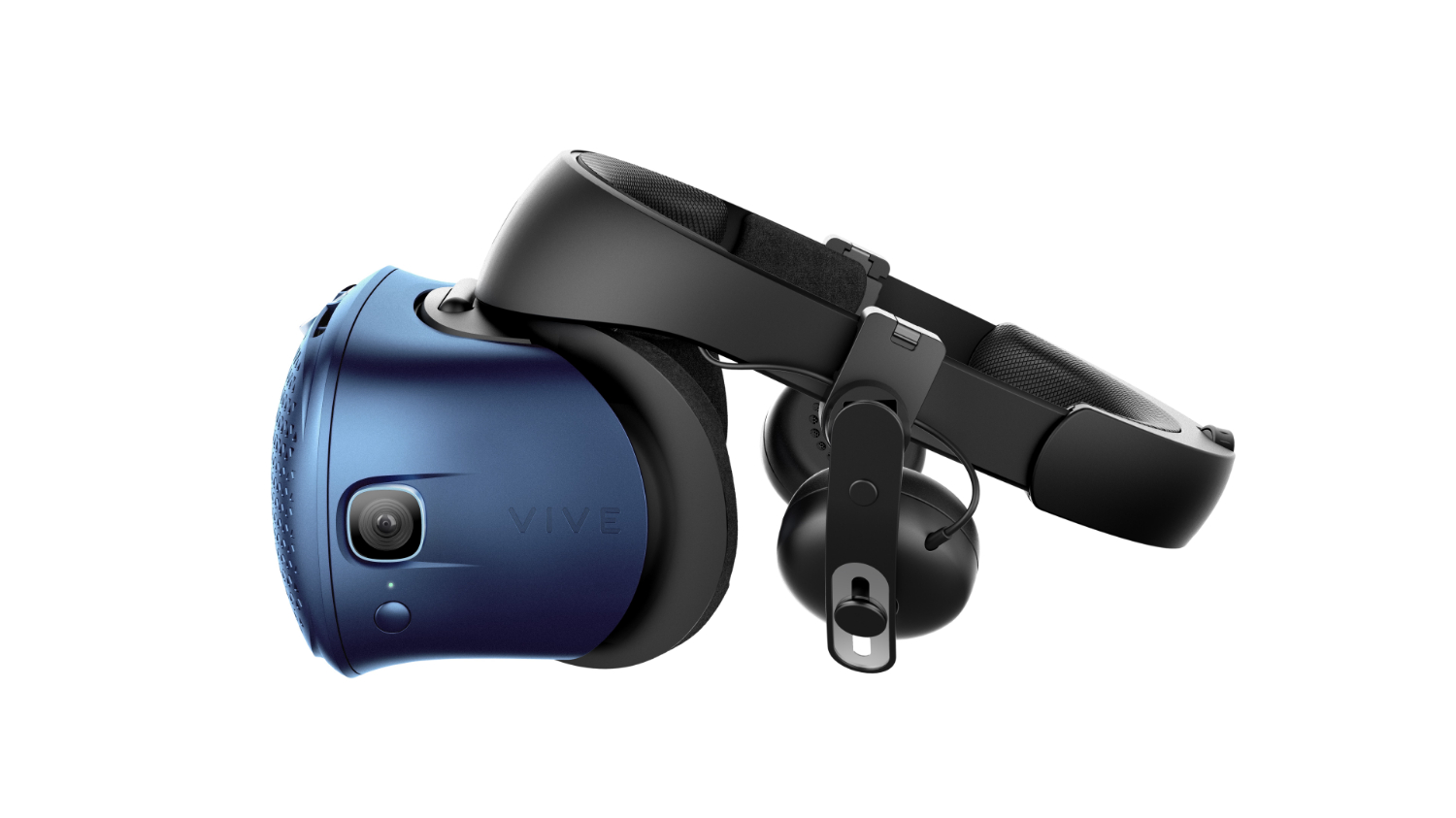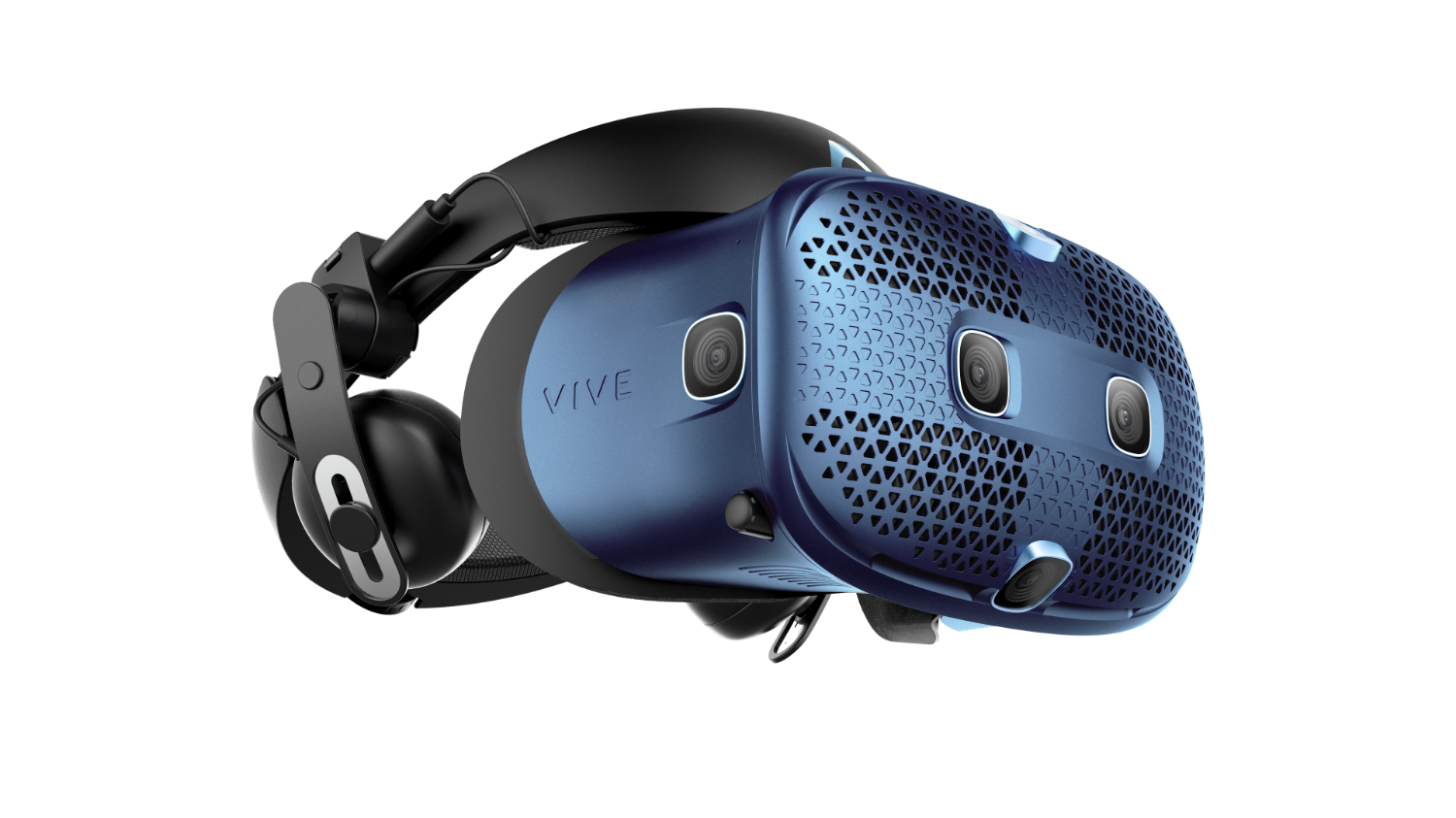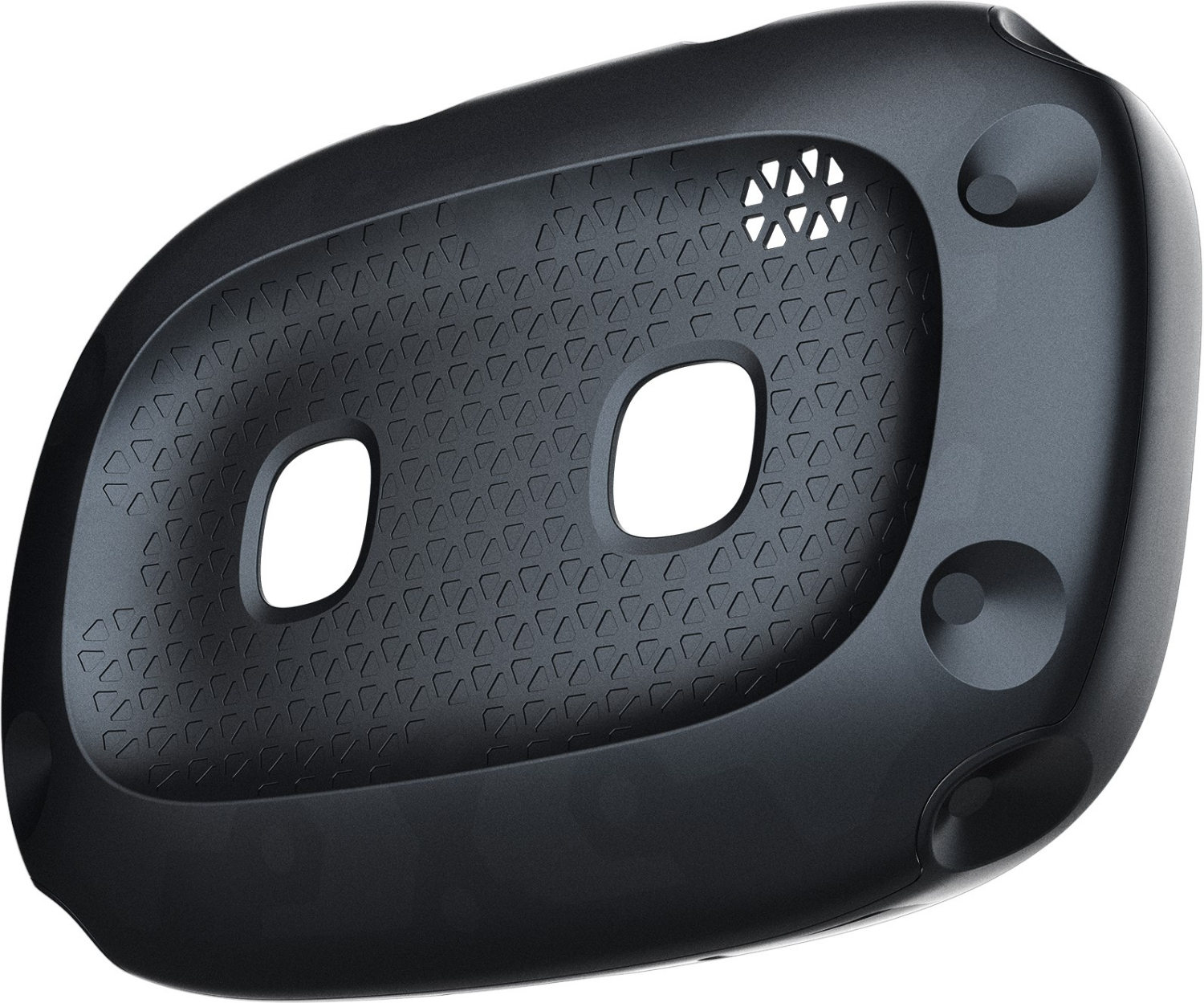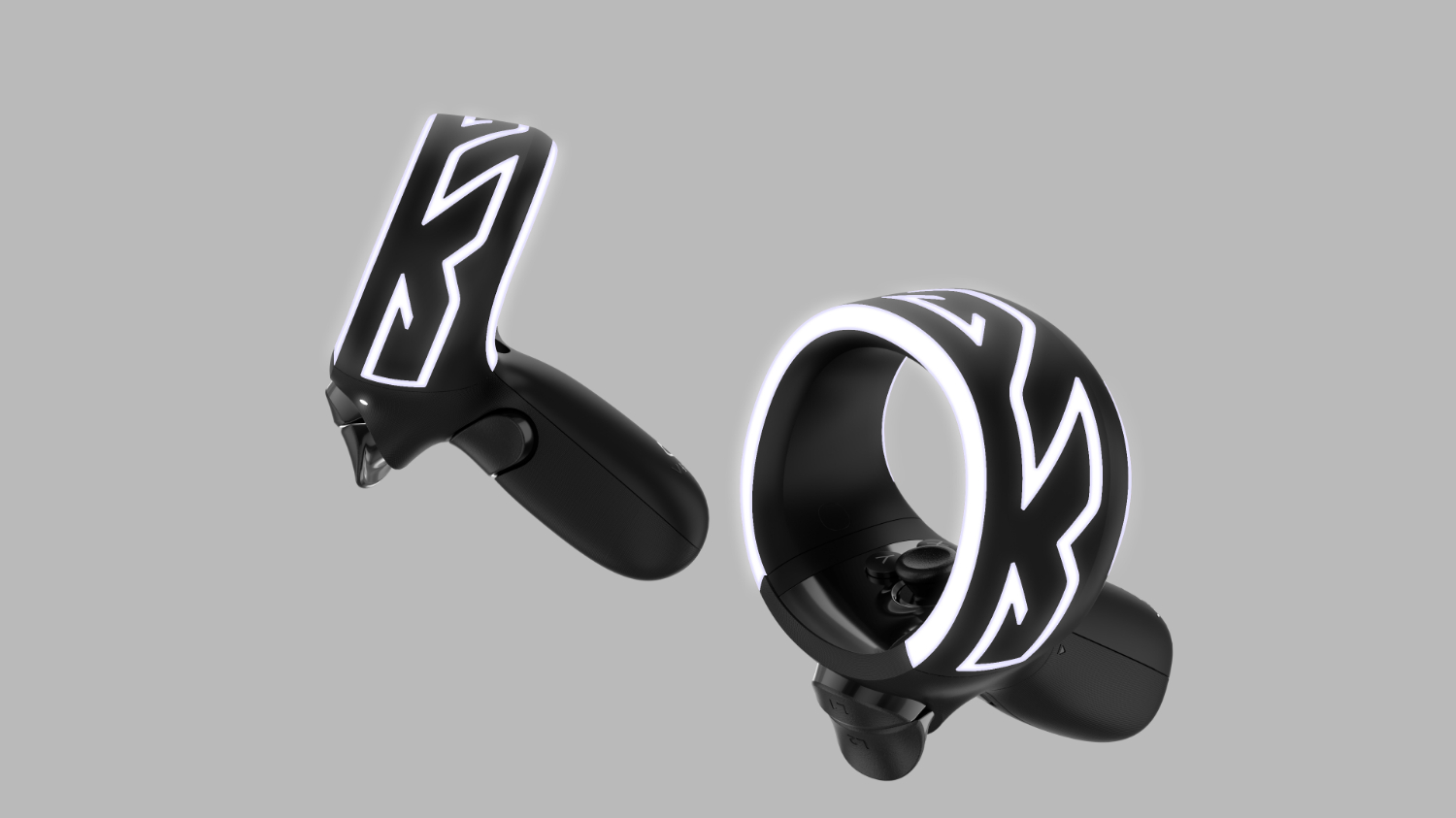HTC Vive Cosmos Hits Preorder for $699 With Modular Features
HTC Vive is known for premium-level VR, but that’s always come at the cost of setting up intrusive base stations around your living room to enable the headset’s tracking abilities. But the HTC Vive Cosmos will change that with a base station-free design, and HTC today announced that it’ll cost $699 for gamers and tech enthusiasts to try it out. Pre-orders have already started, and the headset hits stores October 3.
The Cosmos is debuting with a feature similar to the Valve Index’s interestingly named Frunk. Like the Index, the Cosmos’ faceplate is removable and has a USB port underneath for modding or adding third-party attachments. However, the Index has a Type-A port, while the Cosmos rocks USB-C.
The Cosmos already has its first mod planned, the Vive Cosmos External Tracking Mod, which let you continue to use Lighthouse tracking base stations, presumably for even better performance. It’ll debut in Q1 2020.
Meanwhile, HTC promises the Cosmos’ controllers are more comfortable and functional than their predecessor. At the very least, they certainly look snazzier than the old plastic-looking Vive controllers, with help from the addition of white lighting worthy of the Cosmos branding. They run on two AA batteries, include a system button, trigger, bumper, joystick grip button and 2 action buttons on run on gyro and G sensors, a hall sensor and touch sensors.
The Cosmos’ room-scale inside-out tracking (which means no external base stations are required, as is with all other Vive headsets), uses six camera sensors and requires a space of at least 2x1.5m. Display resolution is set at 2880 x 1700 total, which is 88% greater than the original HTC Vive headset. The head-mounted display (HMD) will run a 90 frames per second with RGB panels, which feature RGB subpixels (meaning each pixel gets a red, green and blue subpixel, rather than OLED competitors’ PenTile layout, with just two subpixels per pixel). The Index, HP Reverb and Oculus Rift S use RGB panels as well.



The Cosmos also has a flip-up panel so gamers can jump between virtual reality and real reality easily. We haven’t tried this out, but it sounds much better than lifting a decently weighted piece of hardware off your head to see what’s going on in your living room (weight wasn't disclosed).
Unlike standalone headsets, like the Oculus Quest, the Cosmos has to be tethered to a gaming PC to work. However, it works with the HTC Vive Wireless Adapter for tether-free VR.
Get Tom's Hardware's best news and in-depth reviews, straight to your inbox.
HTC is trying to entice shoppers further with a free 12-month Viveport Infinity subscription with pre-orders by October 2. The service lets gamers access VR games, apps and videos, sort of like Netflix for VR. A 12-month subscription currently costs $107.88.
New Software
The Cosmos will be the first VR headset to run the Vive Reality System software, a total redesign, according to HTC, including a new user interface called Lens. There’s also a new home menu, Origin, where launching apps is supposed to feel more like entering a new world.
The Vive Cosmos is available for pre-order via Vive, as well as Amazon, Best Buy Canada, B&H Photo, GameStop, Newegg, and Walmart.
HTC Vive Cosmos Specs
| Screen | 2x 3.4-inch LCD |
| Resolution | 1400 x 1700 per eye |
| Refresh Rate | 90 Hz |
| Field of View | 110 degrees |
| Audio | Built-in stereo headphones |
| Ports | USB-C |
| Required PC Connectivity | DisplayPort 1.2, USB 3.0 |
Photo Credits: Tom's Hardware, HTC Vive

Scharon Harding has over a decade of experience reporting on technology with a special affinity for gaming peripherals (especially monitors), laptops, and virtual reality. Previously, she covered business technology, including hardware, software, cyber security, cloud, and other IT happenings, at Channelnomics, with bylines at CRN UK.
-
WildCard999 Interesting that the increased resolution hasn't affected the minimum requirements from the first gen Vive.Reply
https://www.vive.com/us/ready/
Anyways I can't wait to get this, second VR system but first Vive! -
Giroro "he head-mounted display (HMD) will run a 90 frames per second with RGB panels, which feature RGB subpixels (meaning each pixel gets a red, green and blue subpixel, rather than OLED competitors’ PenTile layout, with just two subpixels per pixel). "Reply
I'm still really happy that headset makers eventually figured this out.



